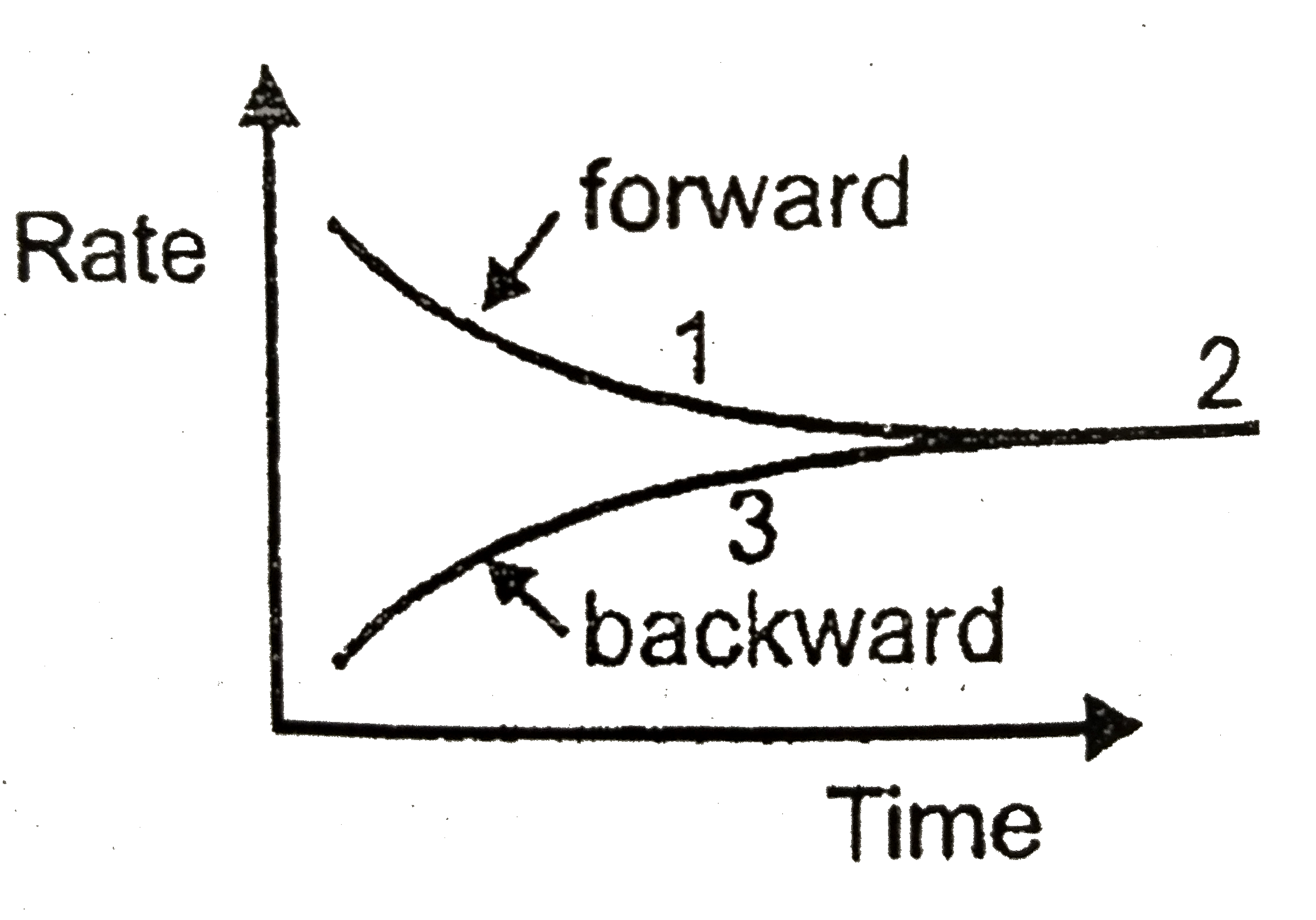In the reaction , which of the following is correct?
is acting as a reductant.
is acting as a reductant.
Both are acting as reductants
Both are acting as oxidants
The correct Answer is:A
To solve the question regarding the reaction PCl3+Cl2→PCl5, we need to analyze the oxidation states of the elements involved in the reaction.
Step 1: Determine the oxidation state of phosphorus in PCl3
- Let the oxidation state of phosphorus (P) be x.
- The oxidation state of chlorine (Cl) is −1.
- In PCl3, there are three chlorine atoms, so the equation for the oxidation state is:
x+3(−1)=0
x−3=0⟹x=+3
- Therefore, the oxidation state of phosphorus in PCl3 is +3.
Step 2: Determine the oxidation state of phosphorus in PCl5
- Again, let the oxidation state of phosphorus be x.
- In PCl5, there are five chlorine atoms, so the equation for the oxidation state is:
x+5(−1)=0
x−5=0⟹x=+5
- Therefore, the oxidation state of phosphorus in PCl5 is +5.
Step 3: Determine the oxidation state of chlorine in Cl2
- The oxidation state of chlorine in its elemental form Cl2 is 0.
Step 4: Analyze the changes in oxidation states
- Phosphorus changes from +3 in PCl3 to +5 in PCl5. This is an increase in oxidation state, indicating that phosphorus is oxidized.
- Chlorine changes from 0 in Cl2 to −1 in PCl5. This is a decrease in oxidation state, indicating that chlorine is reduced.
Step 5: Identify the roles of the reactants
- Since phosphorus is oxidized (its oxidation state increases), it acts as a reductant (reducing agent) because it donates electrons.
- Chlorine is reduced (its oxidation state decreases), meaning it accepts electrons.
Conclusion
- In the reaction PCl3+Cl2→PCl5, PCl3 is acting as a reductant because it oxidizes itself and reduces chlorine.
Final Answer
The correct option is that PCl3 behaves as a reductant.
---
- Let the oxidation state of phosphorus (P) be x.
- The oxidation state of chlorine (Cl) is −1.
- In PCl3, there are three chlorine atoms, so the equation for the oxidation state is:
x+3(−1)=0
x−3=0⟹x=+3
- Therefore, the oxidation state of phosphorus in PCl3 is +3.
- Again, let the oxidation state of phosphorus be x.
- In PCl5, there are five chlorine atoms, so the equation for the oxidation state is:
x+5(−1)=0
x−5=0⟹x=+5
- Therefore, the oxidation state of phosphorus in PCl5 is +5.
- The oxidation state of chlorine in its elemental form Cl2 is 0.
- Phosphorus changes from +3 in PCl3 to +5 in PCl5. This is an increase in oxidation state, indicating that phosphorus is oxidized.
- Chlorine changes from 0 in Cl2 to −1 in PCl5. This is a decrease in oxidation state, indicating that chlorine is reduced.
- Since phosphorus is oxidized (its oxidation state increases), it acts as a reductant (reducing agent) because it donates electrons.
- Chlorine is reduced (its oxidation state decreases), meaning it accepts electrons.
- In the reaction PCl3+Cl2→PCl5, PCl3 is acting as a reductant because it oxidizes itself and reduces chlorine.
The correct option is that PCl3 behaves as a reductant.
Similar Questions
For the gas phase reaction
PCl5→PCl3(g)+Cl2(g)
which of the following conditions are correct?
View SolutionComplete the following statements by selecting the correct alternative from the choices given:-
In the reaction PCl3(g)+Cl2(g)→PCl5(g), the equilibrium will shift in the opposite direction, if :
View Solution
Knowledge Check
For the reaction : PCl5(g)→PCl3(g)+Cl2(g):
A(a) Equal volumes of PCl5,PCl3andCl2 are present.B(b) Equal masses of PCl5,PCl3andCl2 are present.C(c) The concentrations of PCl5,PCl3andCl2 become constant.D(d) Reaction stops
In the reaction
PCl5(g)⇔PCl3(g)+Cl2(g)
a graph in plotted to show the variation of rate of forward and backward
reactions against time. Which of the following is correct?

Q>K Q=K Q<K
View SolutionFor the reaction: PCl5(g)⇔PCl3(g)+Cl2(g), if the initial concentration of PCl5=1 mol/l and x moles/litre of PCl5 are consumed at equilibrium, the correct expression of Kp if P is total pressure is
View SolutionConsider the equilibrium
PCl3(g)+Cl2(g)⇔PCl5(g)
How would the following affect the position of equilibrium?
a. Addition of PCl3
b. Addition of Cl2
c. Removal of PCl5
d. Addition of He without a change in volume
View SolutionFor the reaction, PCl3(g)+Cl2(g)⇔PCl5(g), the position of equilibrium can be shifted to the right by:
View SolutionFor the reaction PCl5<⇒PCl3(g)+Cl2(g),ΔH is
View SolutionFor the reaction : PCl5(g)→PCl3(g)+Cl2(g):
View SolutionThe equilibrium , PCl5(g)⇔PCl3(g)+Cl2(g) is attatined at 25∘C in a closed container and an inert gas He is introduced . Which of the following statements are correct ?
View Solution
